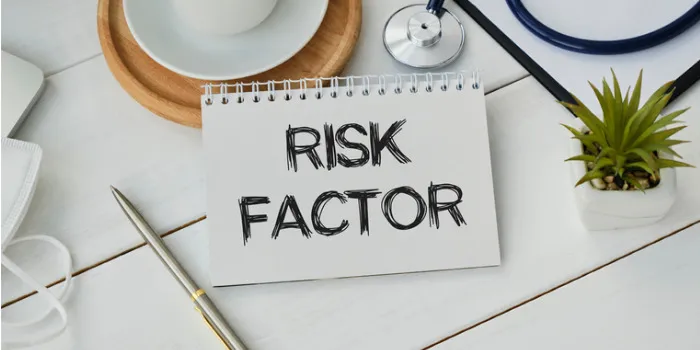The great news about improving bleeding disorders care is that people are managing their condition better and living longer. The flip side about living longer is that more people are developing age-related health problems, such as cancer.
Here are five things you can do to lower your risk for cancer.
Maintain a Healthy Diet
It’s no secret that eating well is effective in preventing, well, just about everything, from heart disease to diabetes to high blood pressure and cancer. In fact, a healthy diet has the potential to lower cancer risk by up to 20 percent.
A healthy diet emphasizes fruits, vegetables, whole grains, healthy protein (lean meats and nuts), and low-fat dairy products while cutting out food high in saturated fats, trans fats, cholesterol, salt and added sugars.
Of course, sticking to a highly regimented diet isn’t easy, but the World Health Organization offers some practical advice on getting healthier while still finding ways to eat what you enjoy, such as:
- Including vegetables in every meal
- Enjoying fresh fruit instead of sugary snacks
- Preparing your favorite food differently (i.e., boiling instead of frying)
- Taking high-sodium sauces off the table
- Substituting butter and high-fat oils with alternatives rich in polyunsaturated fats, such as canola or soybean oil
Exercise Regularly
Those in the bleeding disorders community would benefit greatly from at least 150 minutes of exercise a week, as physical activity not only reduces the risk of cancer but may have beneficial effects on survival for those with breast, colorectal and prostate cancers.
That said, individuals with bleeding disorders need to take extra care to perform lower-risk activities, as contact sports and high-intensity exercises can lead to injuries and bleeding. There are a number of low-risk activities you could fit into your day, such as biking to and from work and walking instead of driving short distances.
Get Regular Screenings
Sometimes, just knowing is a large part of the battle. The American Cancer Society recommends getting regular screenings so that you can catch the early signs of cancer and take steps to prevent it from developing or spreading. The organization recommends:
- Mammograms every year for women ages 45 to 55. Women over 55 can switch to screenings every two years.
- People between the ages of 25 and 65 get a primary HPV (human papillomavirus) test every five years.
Cut Out Tobacco
No surprises here: Smoking is responsible for about 1 out of every 5 deaths in the United States, and greatly increases your risk of developing cancer. Tobacco use is also particularly debilitating for those in the bleeding disorders community, as it can cause osteoporosis and an increased risk of injury by hindering the body’s ability to produce collagen, which is the protein that connects your bones, tendons, cartilage and muscles.
Quitting can be difficult, but there are resources to address the mental and physical dependence on tobacco.
Limit Alcohol Consumption
It’s OK to drink in moderation, but drinking excessively can increase your risk of cancers associated with alcohol, such as esophageal, liver, breast, colorectal, and head and neck cancer.
The Dietary Guidelines for Americans recommends that people who drink alcohol limit their consumption to two drinks or less in a day for men and one drink or less in a day for women. Heavy alcohol consumption is defined as having four or more drinks on any day or eight or more drinks per week for women and five or more drinks on any day or 15 or more drinks per week for men.
Note: There’s no correlation between having a bleeding disorders and developing a blood cancer such as leukemia.

